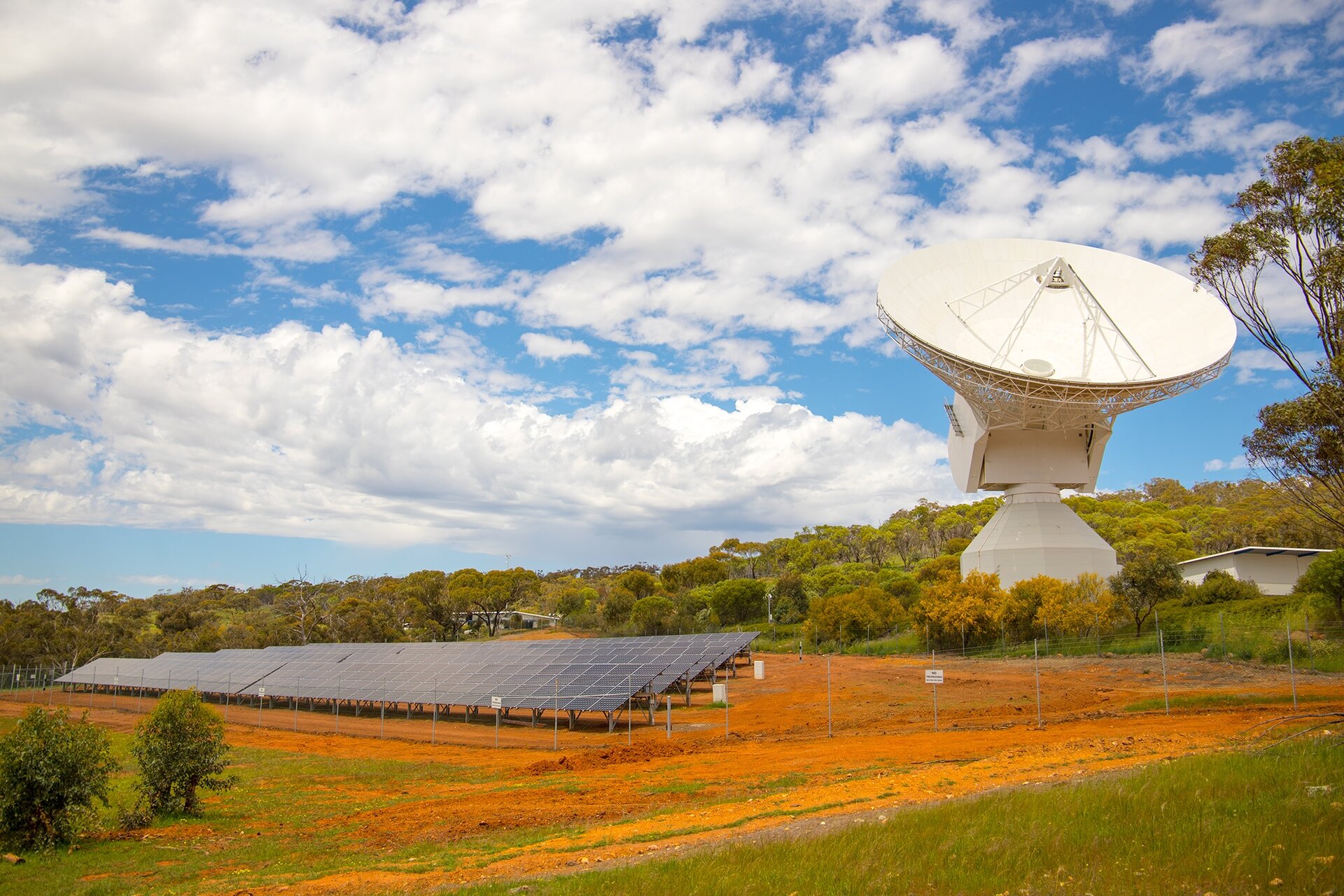03/05/2024
287 views
12 likes
ESA is committed to almost halve its greenhouse gas emissions linked to energy consumption by 2025 compared to 2019 levels. But how can ESA keep accelerating the use of space for the sustainable development of society while reducing its emissions?
With eight establishments across Europe, a spaceport in French Guiana and tracking stations all over the world, ESA has plenty of opportunities. Here are some of its big achievements in greenhouse gas reduction:
A better gas boiler
The European Space Research and Technology Centre (ESTEC) in the Netherlands replaced its old gas-fired boiler, which was responsible for about 75% of the site’s yearly gas consumption, with a state-of-the-art condensing gas boiler. The new system, in use since June 2021, can operate at a lower temperature while producing the heat required for older buildings. It is estimated to save 454,000 cubic meters of gas a year, or almost a 1000 tonnes of CO2 equivalent.
Heat pump upgrades
A high-efficiency heat pump that has been running at ESTEC since May 2023 saves around 450 000 cubic meters of gas per year, which equates to 990 tonnes of CO2 equivalent. The system, which generates cold water while repurposing the extracted heat into a central heating network, reduced ESTEC’s annual gas consumption by 25%. In Spain, the new heat pump at the European Space Astronomy Centre (ESCAC) is the most innovative project in terms of energy efficiency. It has reduced diesel consumption by 95% and offers annual savings of about 295 tonnes of CO2 equivalent.
Embracing Earth energy
The European Space Operations Centre (ESOC) in Germany and the European Centre for Space Applications and Telecommunications (ECSAT) in the United Kingdom both have ground source heat pumps. These efficiently heat and cool the buildings they serve and have eliminated the use of gas for heating.
Data centre heat
The ESA Centre for Earth Observation (ESRIN) in Italy recovers energy generated by its data centre and uses it to heat offices. The project, which has been going since 2013, saves an estimated 55 tonnes of CO2 equivalent a year.
Powered by the Sun
The photovoltaic panels at four major ESA sites – ESRIN, ESTEC, ECSAT and ESAC – save more than 500 tonnes of CO2 equivalent a year. ESA’s deep-space ground station at New Norcia, Western Australia, is also powered in part by sunlight, thanks to a new solar power ‘farm’ of photovoltaic panels that covers about a third of the station’s electricity use.
Making buildings better
The ESA headquarters in Paris, known as HQ Nikis, was recently refurbished with modern materials that reduce its environmental footprint. In its first year of operations, the refurbished HQ Nikis consumed 50% less electricity and heating energy than its previous version did in 2013.
LED lighting
All street lighting and main corridor lighting at ESTEC has been replaced with LEDs. More areas will be converted but, so far, the change saves about 95 tonnes of CO2 equivalent a year.

